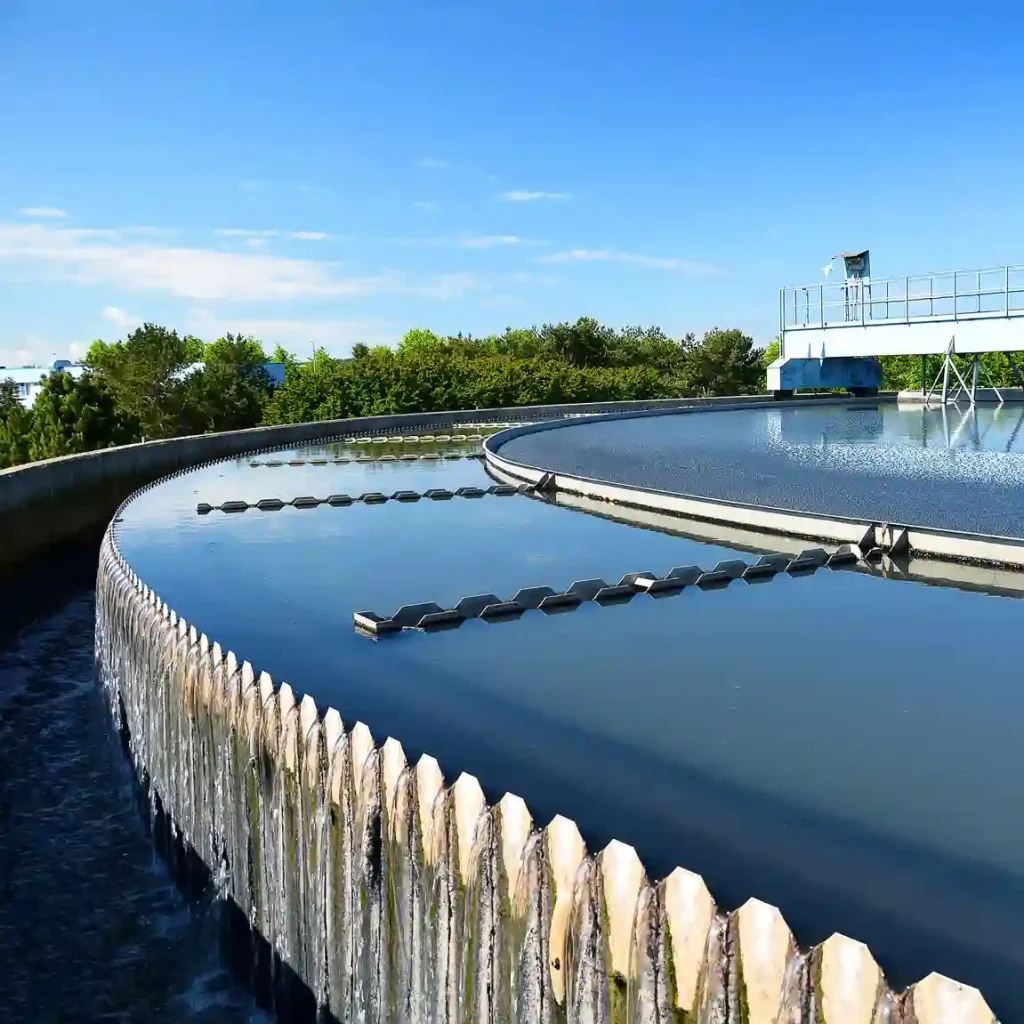Hebei Messi Biology Co., Ltd. stated that the use of magnesium agents such as magnesium hydroxide, magnesium oxide, and dolomitic lime (CaO·MgO) has significant effects on dephosphorization and ammonium removal. For example: when treating sewage and wastewater <1200mg/L, the phosphorus removal rate is over 90%; using magnesium oxide, the ammonium removal rate reaches 93%; when dolomitic lime is used to remove phosphorus and ammonium, the pH value is between 8.0 and 8.4. The time effect is better and cannot be lower than 7.5 to facilitate the formation of magnesium ammonium phosphate.

Industrial wastewater with ammonium > 100 mg/L can be treated with magnesium hydroxide or magnesium chloride. Stir and mix under controlled pH=7.5 to form magnesium ammonium phosphate, and then remove phosphorus and ammonium. The resulting precipitate can be filtered, separated and recycled. Use as fertilizer. Using magnesium hydroxide to remove phosphorus-containing nutrients from anaerobic mud, the following conclusions are drawn:
(1) For the feed liquid containing P50~60 mg/L to be treated, add 200~400 mg/L magnesium hydroxide. Whether it is reagent grade or recycled magnesium hydroxide, the phosphorus removal rate is between 84% and 93%;
(2) Magnesium hydroxide can accelerate the digestion process of anaerobic slurry. In the improved digester, total suspended solids (SS), volatile suspended solids, total COD and soluble COD have been significantly reduced;
(3) Magnesium hydroxide can improve the filtration performance of digested mud;
(4) It is effective to use magnesium hydroxide to remove phosphorus nutrients from anaerobic mud;
(5) From the perspective of reducing the cost of the treatment process, the recycled magnesium hydroxide obtained from the flue gas dephosphorization operation of thermal power plants is used as a treatment agent. For urban wastewater treatment plants, magnesium hydroxide has potential application value and bright prospects.
